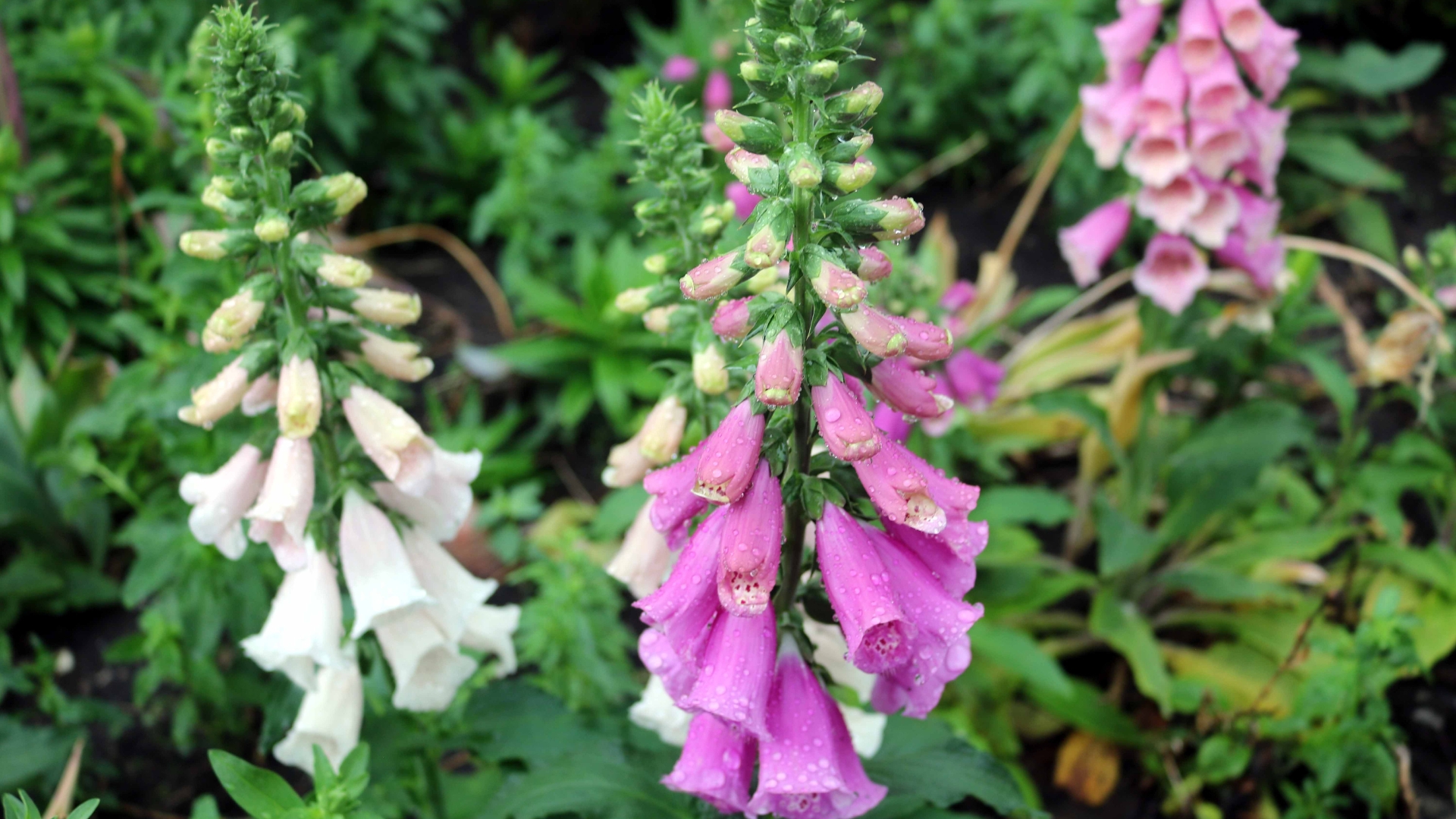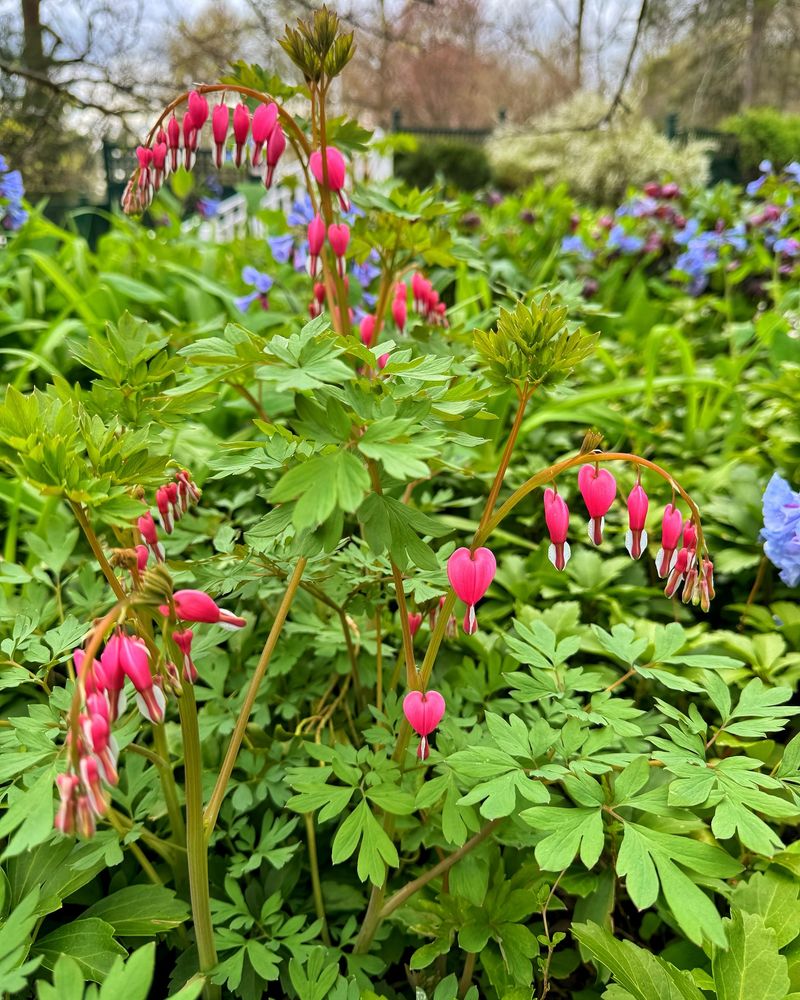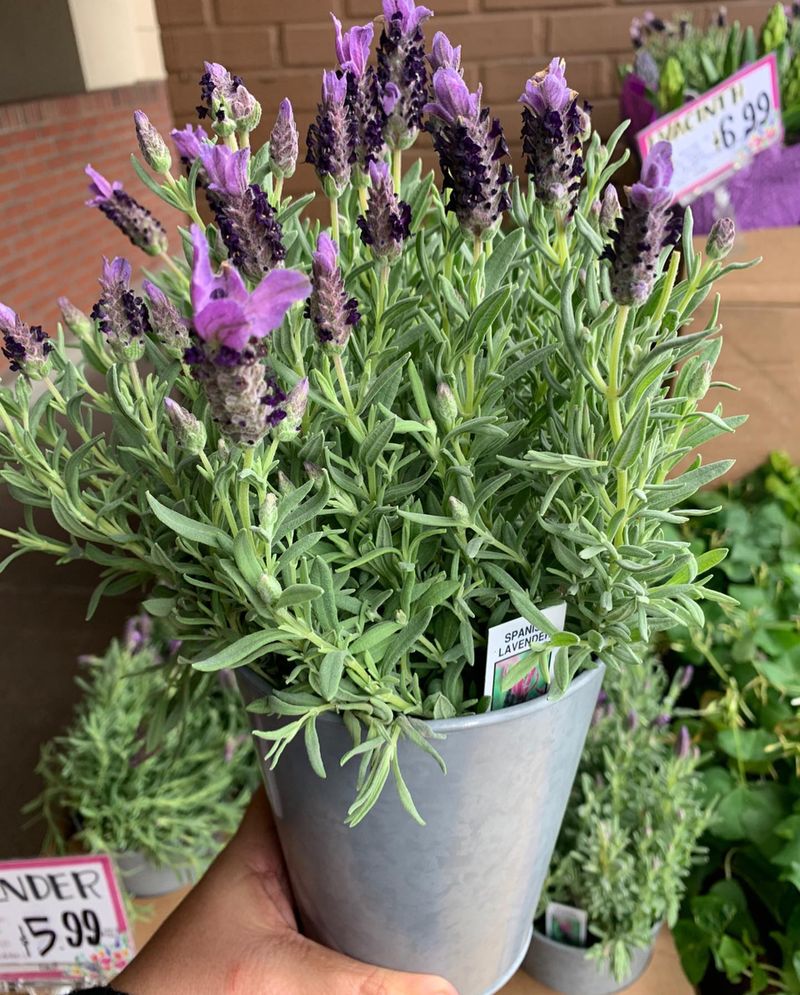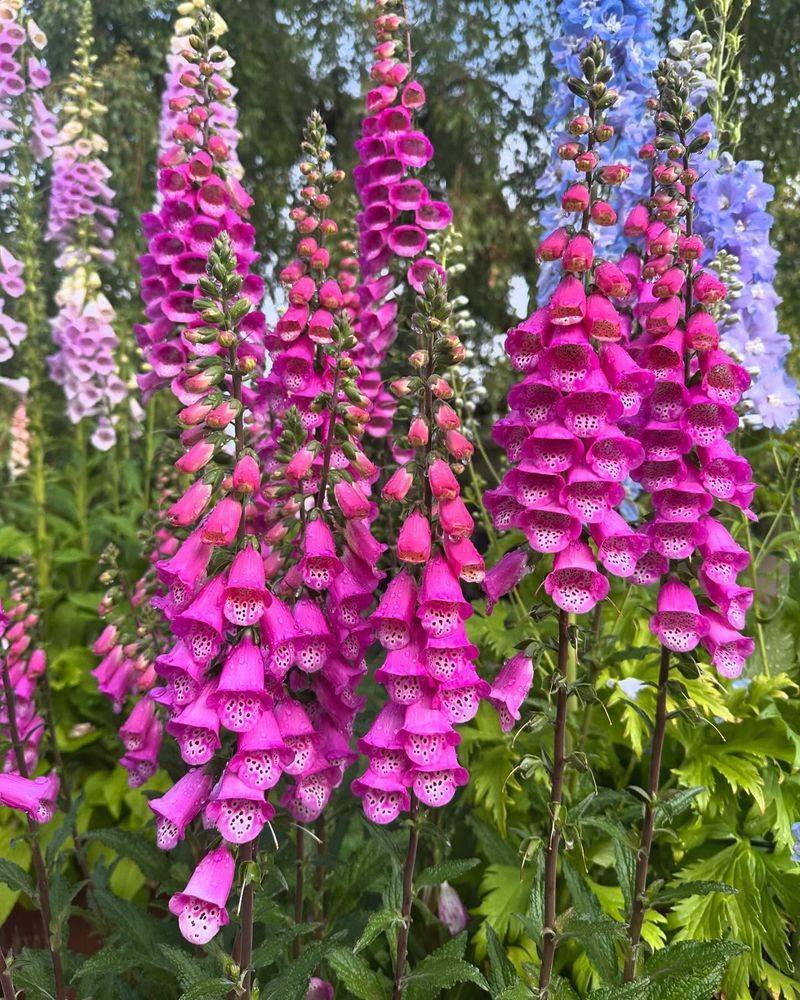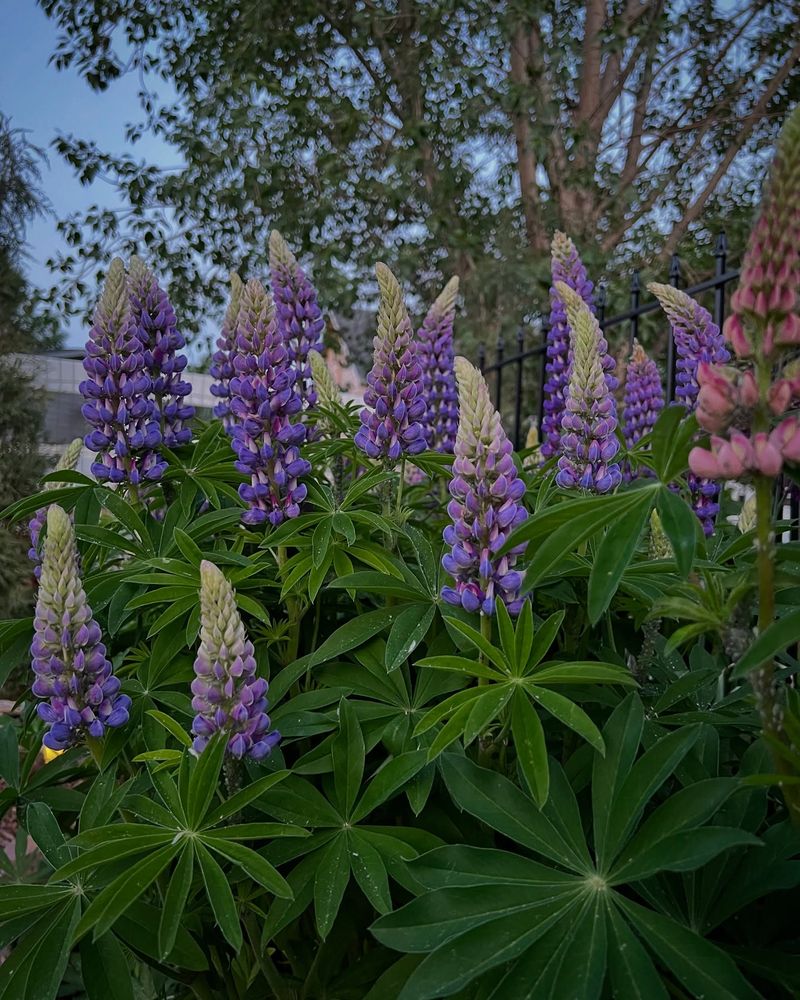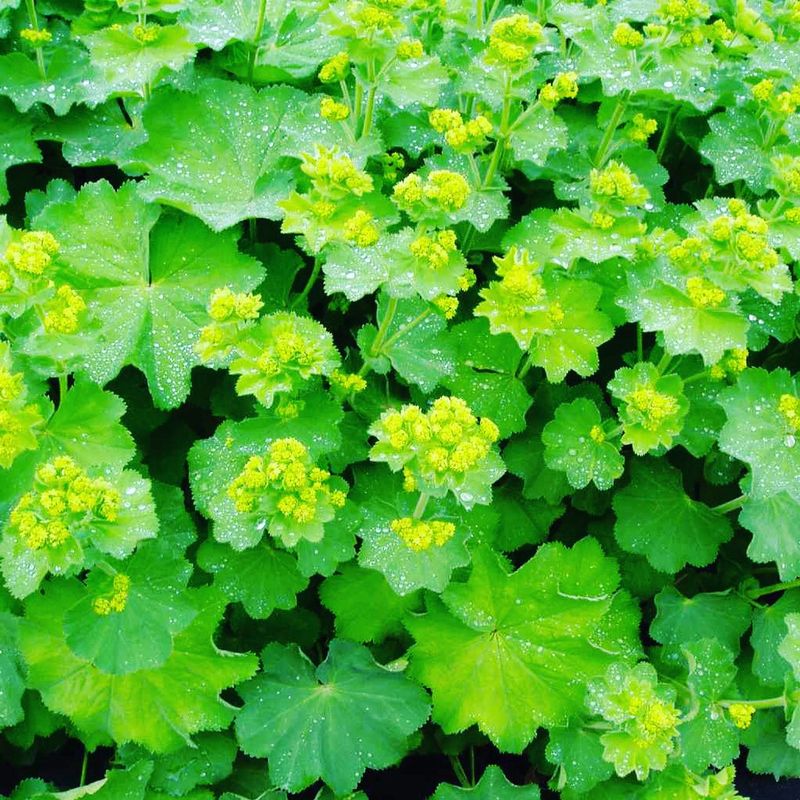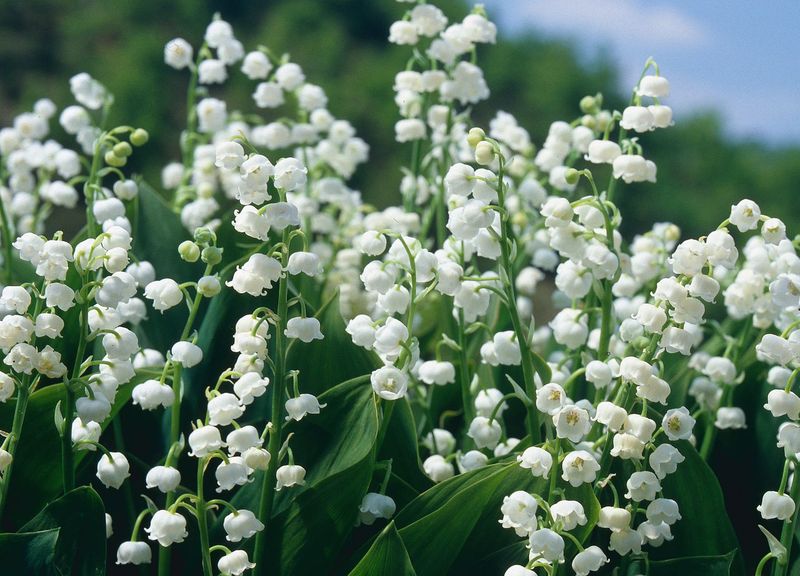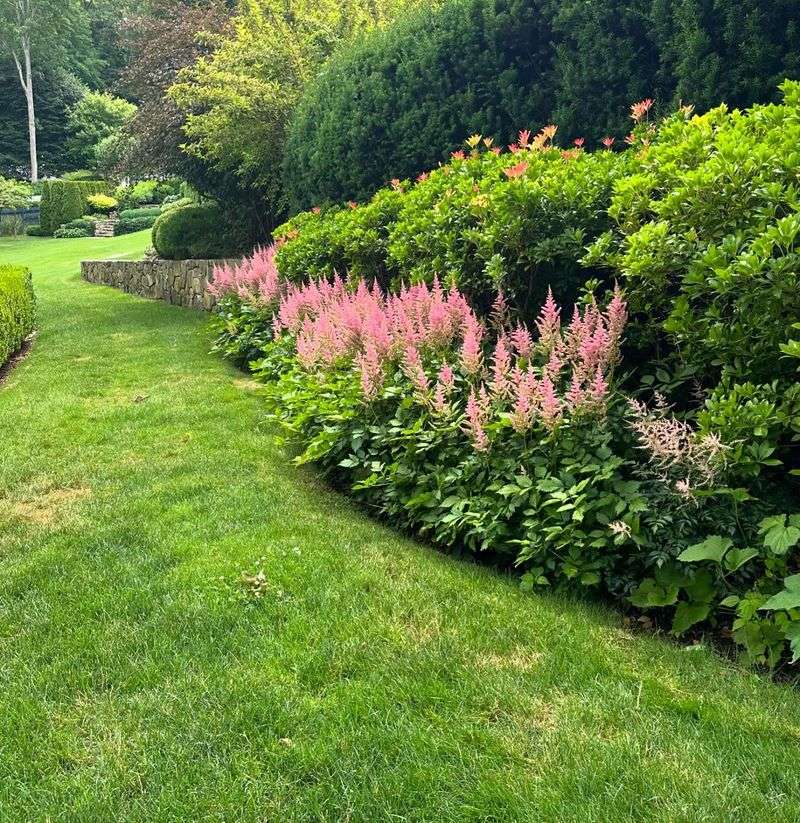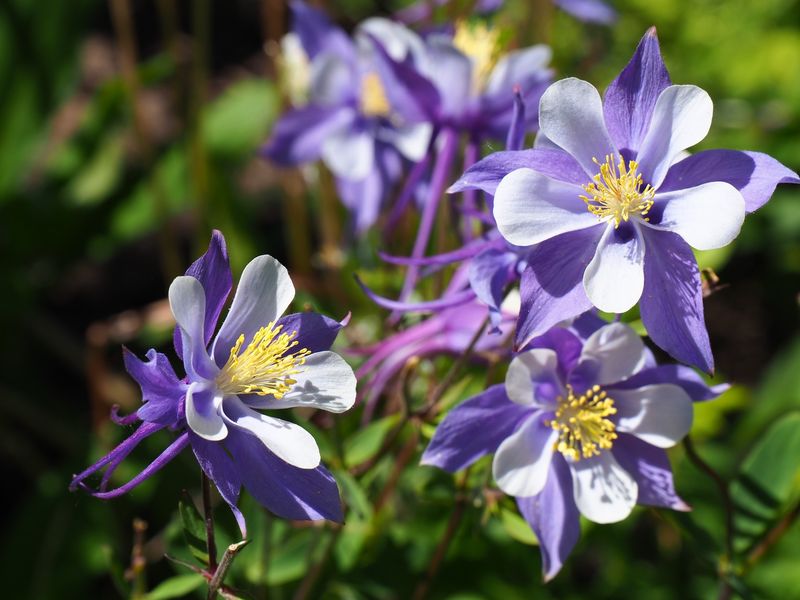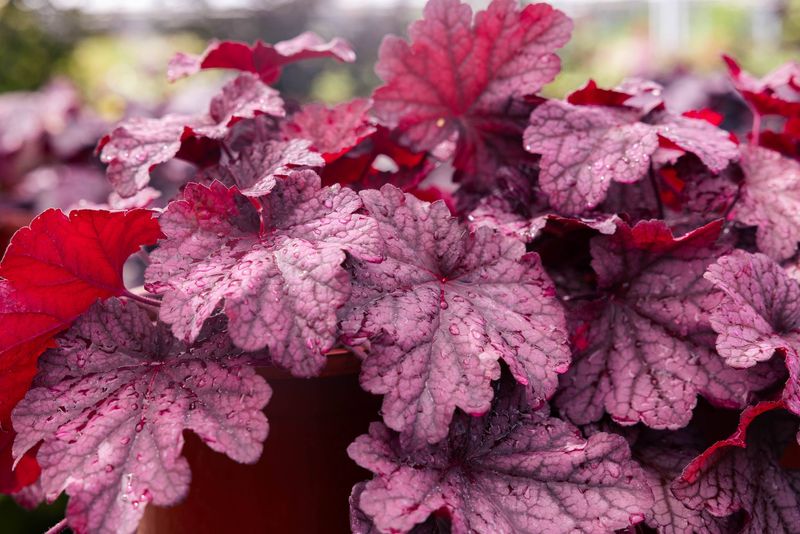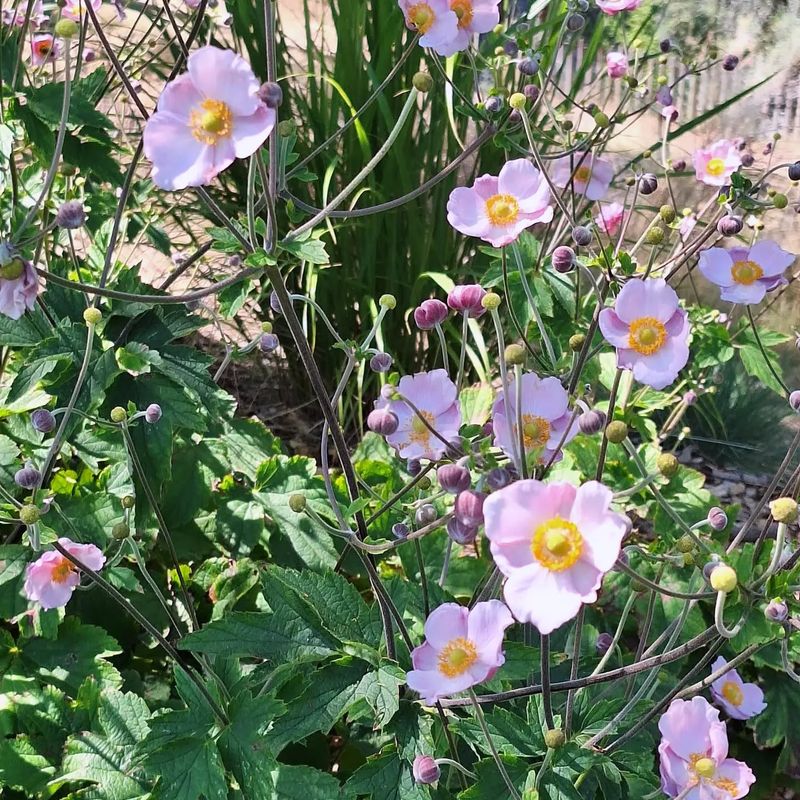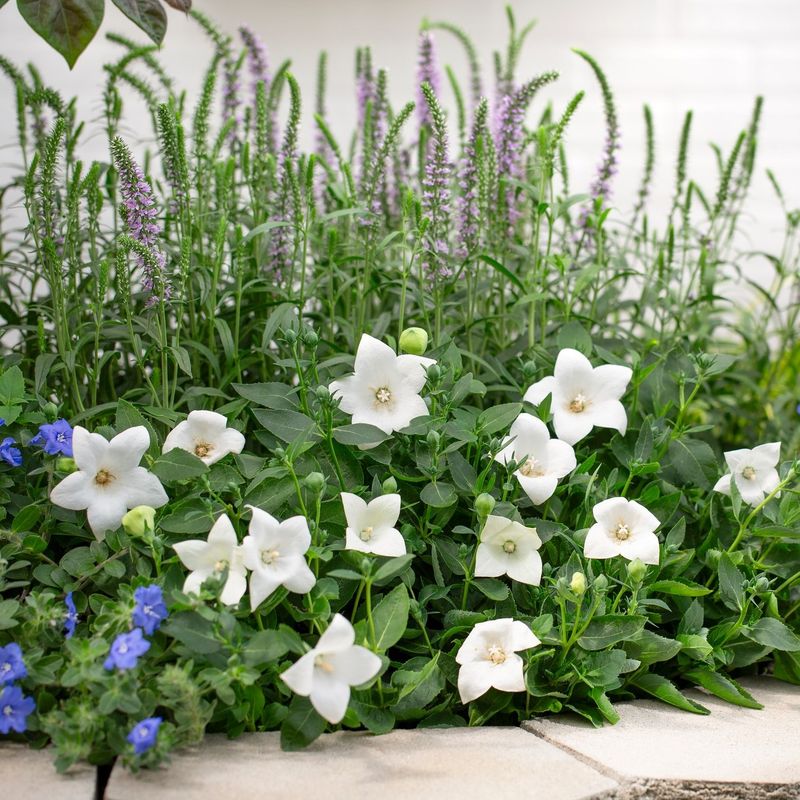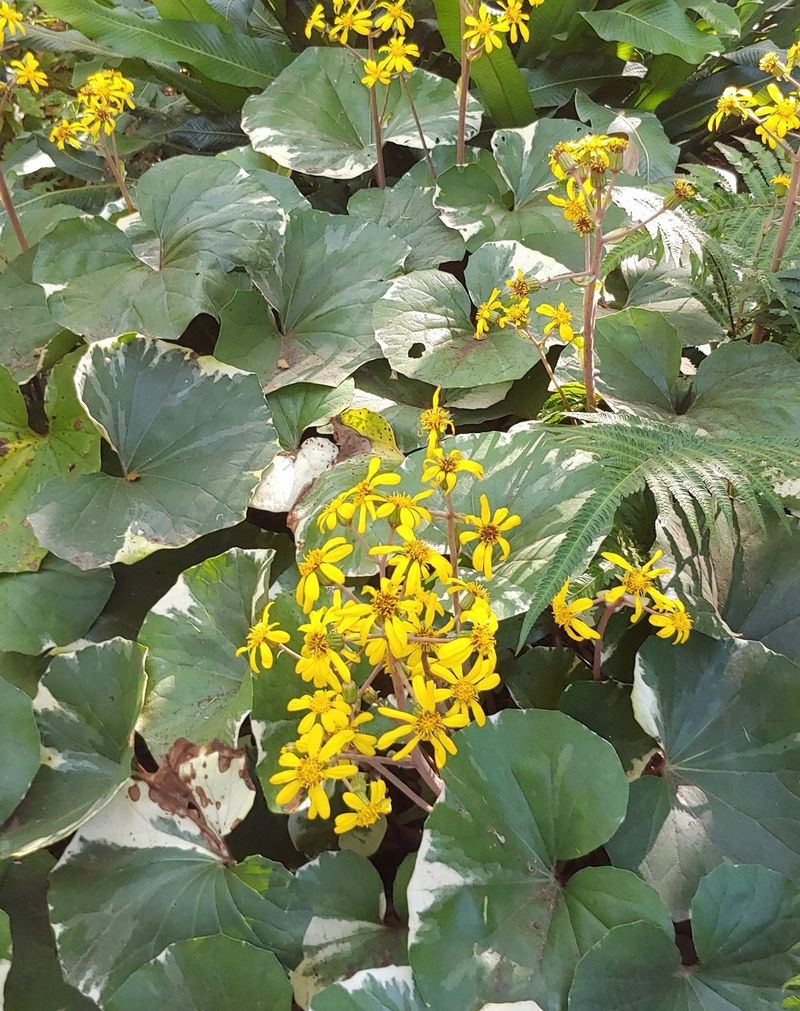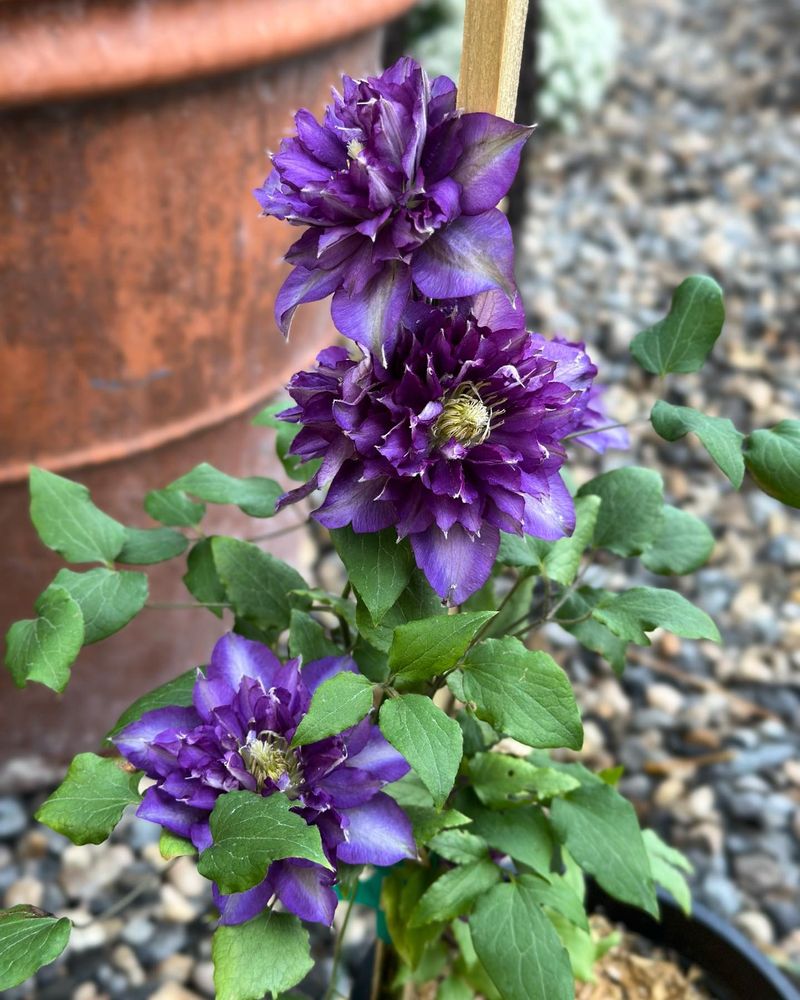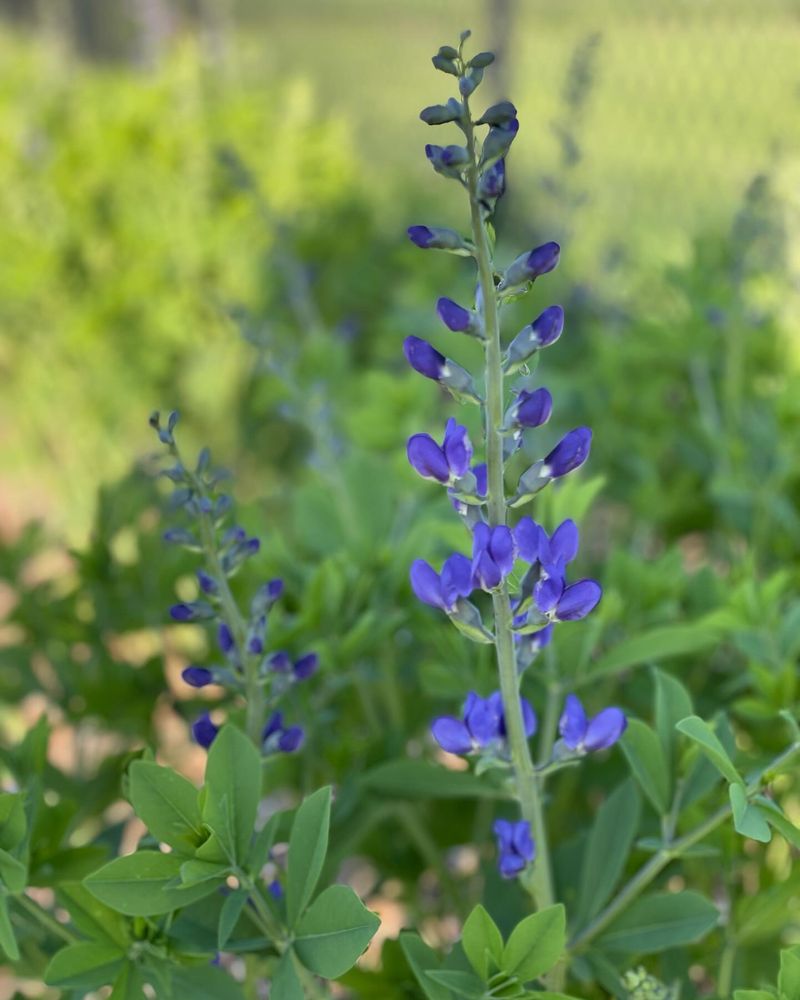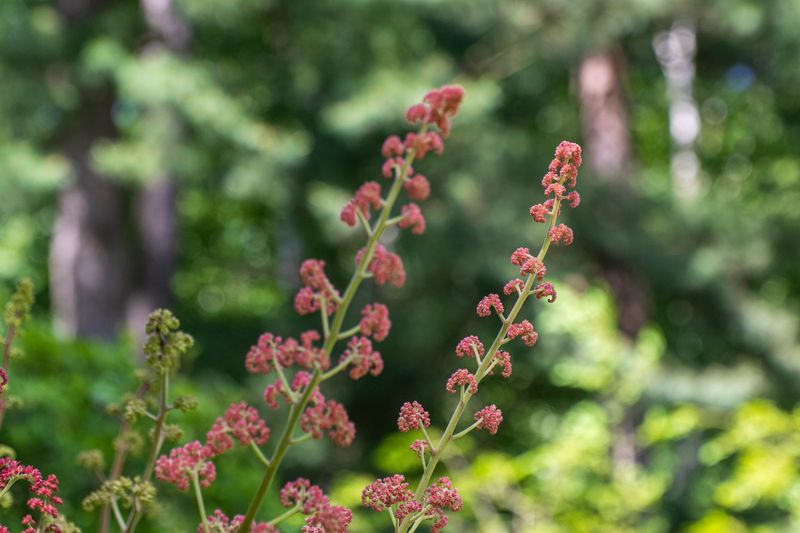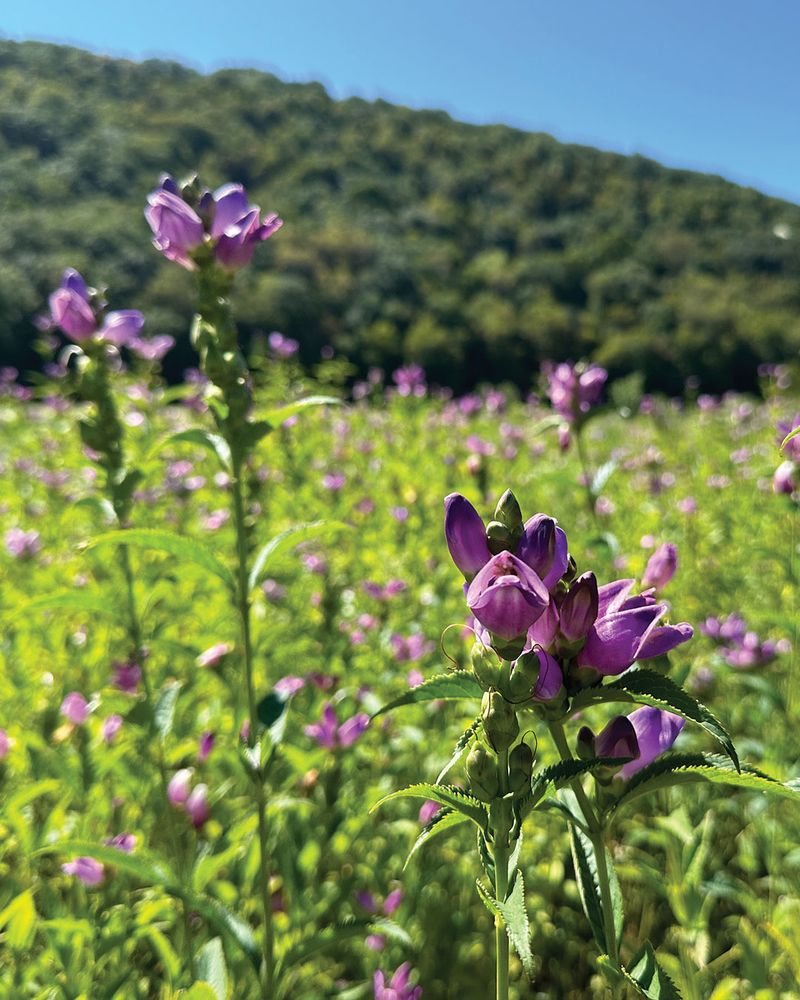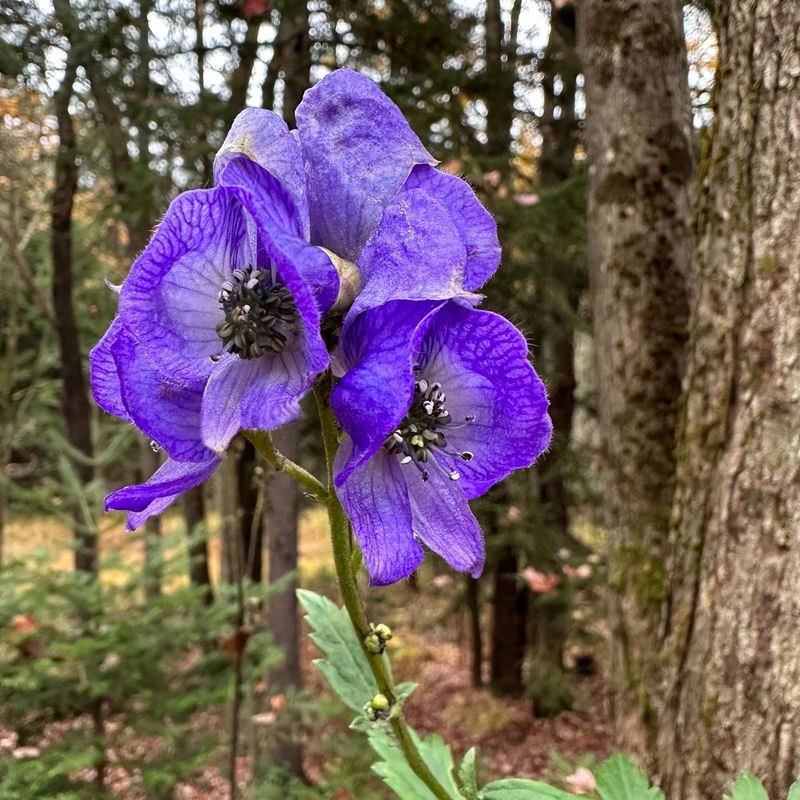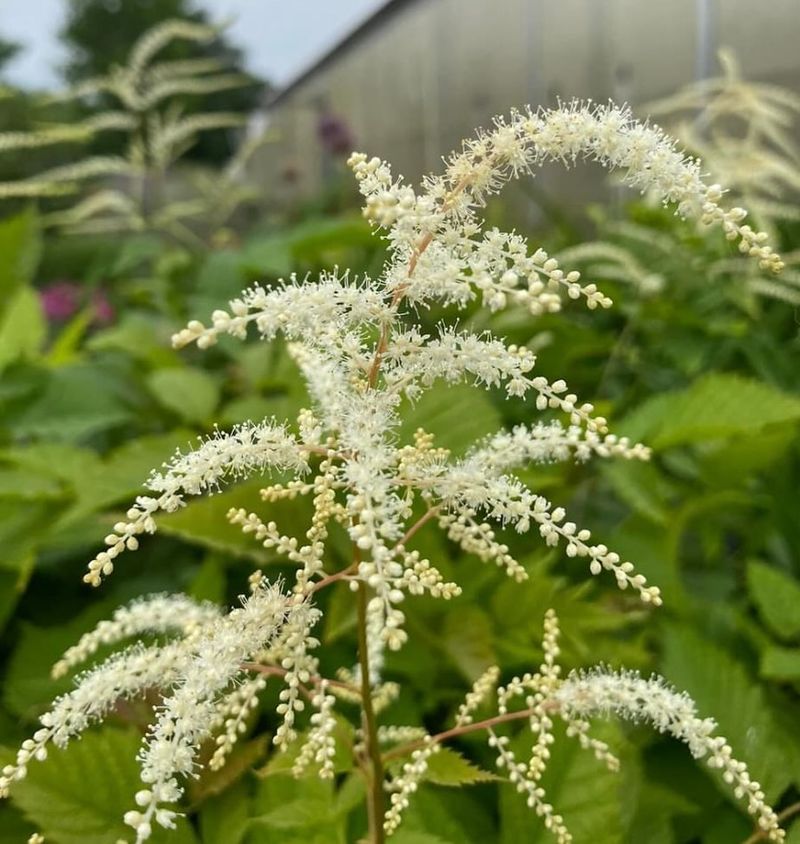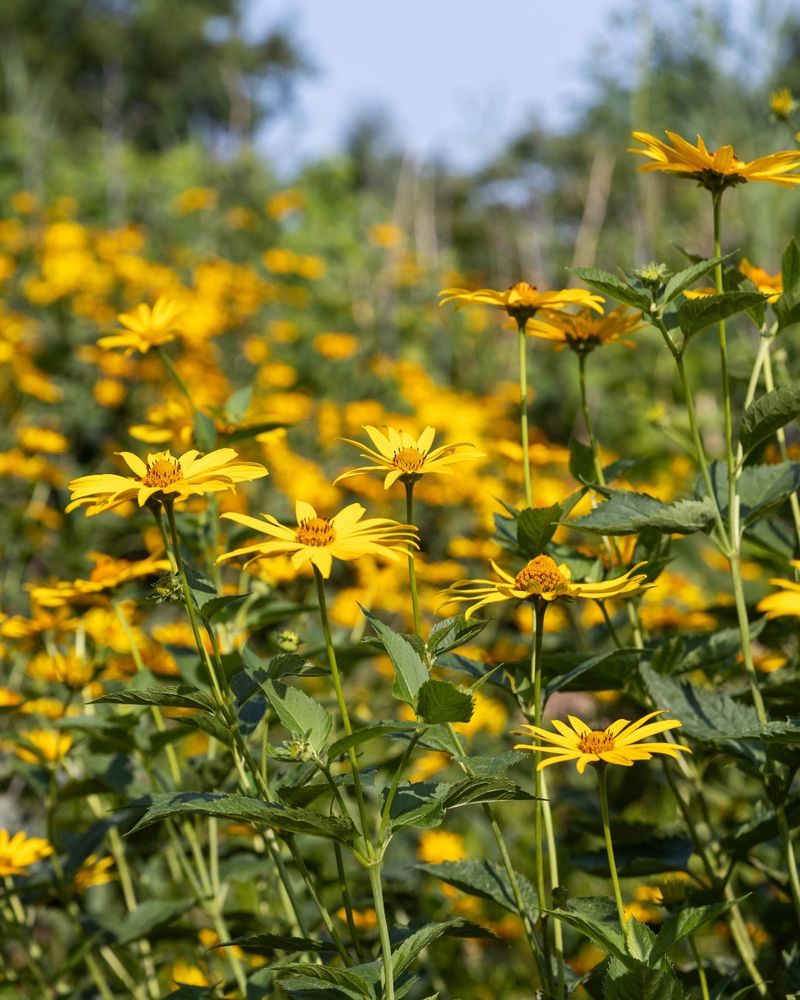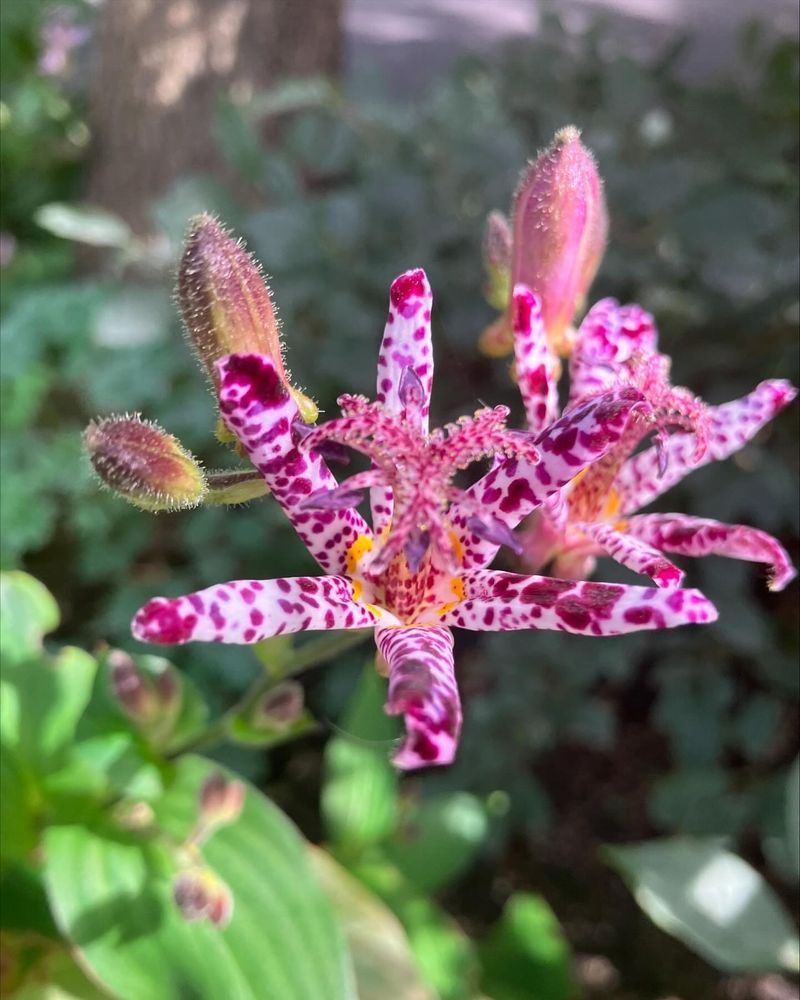Starting a garden is exciting, but some delicate perennials are known to be a bit tricky for beginners. These beautiful plants often come with a set of specific needs that can be tough to meet.
With the wrong care, they can easily fade away, leaving you feeling frustrated. If you’re just starting out, it’s important to know which perennials might be a little too high-maintenance for your garden.
Here are 20 delicate perennials that have a reputation for being hard to keep alive.
1. Bleeding Heart
Ever noticed those heart-shaped blooms dangling like Valentine’s Day decorations in spring gardens? Bleeding Heart plants captivate with their romantic appearance but quickly turn brown when mishandled. They absolutely detest hot, direct sunlight and will dramatically wilt as a protest.
Summer heat causes them to go dormant, often leading beginners to panic and overwater what looks like a dying plant. Many new gardeners mistakenly dig them up, assuming they’ve failed, only to lose a perfectly healthy perennial that was just taking its seasonal nap.
2. Lavender
Everyone loves the soothing scent and beautiful purple spikes of these Mediterranean natives. Lavender plants frequently perish in beginners’ gardens because of America’s tendency to overwater and coddle plants. The quickest way to kill lavender is by planting it in rich, water-retaining soil where its roots will simply rot away.
Many gardeners mistakenly treat it like other perennials, giving it extra fertilizer and water. Ironically, this plant thrives on neglect, preferring poor, rocky soil and dry conditions that would stress other plants. Excessive humidity and poor air circulation often lead to fungal problems that quickly destroy the plant.
3. Foxglove
Looking majestic with their tall, spotted tubular flowers, these woodland beauties often disappoint new gardeners. Foxglove plants are actually biennials masquerading as perennials, flowering gloriously in their second year and then typically dying back. Novice gardeners frequently panic when the original plant dies, not realizing it has already self-seeded.
Poor drainage spells doom for these plants, causing crown rot that kills them before they can reach their flowering potential. Cutting back flower stalks too soon prevents them from setting seed for future generations. Their toxicity means they must be handled with care, especially in gardens with pets or children.
4. Lupine
Gorgeous spires of pea-like flowers make these showstoppers irresistible at garden centers. Lupine plants demand acidic, lean soil and cool temperatures, conditions that many garden beds simply don’t provide. When summer heat arrives, they quickly decline, leading beginners to believe they’ve done something terribly wrong.
Transplanting mature lupines often ends in disaster due to their long taproot that resents disturbance. Heavy clay soils cause root rot, while alkaline conditions lead to chlorosis and slow decline. Their sensitivity to both drought and overwatering creates a narrow window of proper care that beginners struggle to maintain.
5. Lady’s Mantle
Morning dew collects like diamonds on the scalloped leaves of this charming perennial. Lady’s Mantle looks delicate but actually tolerates tough conditions once established, though beginners often kill it before it gets to that point. Hot, direct afternoon sun scorches its foliage, causing what looks like immediate plant death.
Overwatering leads to crown rot, particularly in heavy soils with poor drainage. Many gardeners cut back the attractive chartreuse flowers too early, missing out on their self-seeding capability. Without proper spacing, poor air circulation creates perfect conditions for powdery mildew that can quickly spread throughout the plant.
6. Lily of the Valley
Sweetly scented bells dangling from slender stems enchant gardeners with their old-world charm. Lily of the Valley plants require specific conditions that beginners rarely provide correctly. Too much sun quickly burns their delicate leaves, while improper soil moisture leads to rot or desiccation.
New gardeners often mistake their natural dormancy period for death and disturb the rhizomes unnecessarily. Planting them too deeply prevents proper growth, while setting them too shallow exposes roots to damaging temperature fluctuations. Despite their delicate appearance, they’re invasive in ideal conditions, potentially overwhelming neighboring plants when not properly contained.
7. Astilbe
Feathery plumes in various shades make these shade-lovers a garden favorite. Astilbe plants frequently disappoint beginners who ignore their very specific moisture requirements. When planted in dry soil or locations that don’t receive consistent moisture, they quickly crisp up and die back.
Many gardeners place them in deep shade where they survive but produce few flowers. Forgetting to divide them every few years leads to overcrowding and diminished blooming. Their shallow root systems make them particularly vulnerable to winter heaving in freeze-thaw cycles if not properly mulched.
8. Columbine
Dancing like fairies on delicate stems, these spring bloomers enchant with their unique spurred flowers. Columbine plants often fall victim to leaf miners that tunnel through their foliage, causing beginners to panic and reach for harsh chemicals. Their tendency to self-seed leads many gardeners to mistake seedlings for weeds and pull them out.
Poor air circulation creates ideal conditions for powdery mildew that can quickly devastate the plants. Many gardeners deadhead too aggressively, preventing the natural reseeding that keeps columbines returning year after year. Though short-lived perennials by nature, inappropriate growing conditions can cut their lifespan even shorter.
9. Coral Bells
Prized for their colorful foliage, these versatile perennials seem foolproof but have specific needs. Coral Bells often struggle when their crowns are buried too deeply, leading to rot and eventual death. Fluctuating winter temperatures cause heaving that pushes crowns above soil level, exposing them to killing frosts.
Many beginners plant them in heavy clay where poor drainage leads to root rot. Intense summer heat causes leaf scorch when they’re not given afternoon shade in warmer regions. Without regular division every few years, the centers die out, leaving an unattractive ring of foliage rather than a full, lush plant.
10. Japanese Anemone
Graceful blooms dancing above lush foliage make late-season gardens come alive with movement. Japanese Anemone plants require patience that beginners rarely possess, often appearing to do nothing during their first year or two in the garden. Impatient gardeners frequently disturb them before they’ve had a chance to establish proper root systems.
Planting in hot, dry locations leads to stress and failure to thrive. Once established, their spreading nature surprises many gardeners who didn’t account for their eventual size. Without proper mulching, winter moisture can rot the crowns, especially in areas with wet winters and poor drainage.
11. Balloon Flower
Watching the puffy buds pop open into star-shaped blooms delights gardeners of all ages. Balloon Flower plants emerge late in spring, leading many beginners to assume they’ve died over winter and dig them up prematurely. Their brittle stems break easily when emerging, especially when gardeners are carelessly weeding around them.
Many gardeners cut them back in fall, not realizing their seeds provide winter interest and food for birds. Without staking, taller varieties flop over, creating an untidy appearance that disappoints those expecting neat, upright plants. Their susceptibility to root rot means death is certain in poorly drained soils.
12. Ligularia
Bold, architectural leaves topped with bright yellow flowers make a dramatic statement in shady gardens. Ligularia plants dramatically wilt at the slightest hint of drought, causing panicked beginners to drown them with water. Their massive leaves lose moisture quickly, especially when planted in locations with too much sun or wind.
Slugs consider their foliage a gourmet meal and can reduce the leaves to lace overnight if not controlled. Many gardeners underestimate their size at maturity, leading to overcrowding and poor air circulation. Without consistent moisture, they simply refuse to thrive, often dying back completely during extended dry periods.
13. Clematis
Climbing their way into gardeners’ hearts with spectacular flowers, these vines require specific care. Clematis vines suffer from notorious “clematis wilt” that causes sudden dieback, shocking beginners who assume the entire plant is dead. The old gardening adage of “feet in the shade, head in the sun” is often ignored, leading to stressed plants with poor flowering.
Improper pruning ranks among the top mistakes, with gardeners cutting back the wrong variety at the wrong time. Many beginners fail to provide adequate support structures, leaving vines to flop on the ground where they’re vulnerable to pests and disease. Without proper mulching to keep roots cool, summer heat quickly stresses these beautiful climbers.
14. Baptisia
Resembling small shrubs with their bushy habit and pea-like flowers, these natives offer decades of beauty when happy. Baptisia plants develop deep taproots that resent disturbance, often dying when beginners try to move or divide them. Their slow-growing nature disappoints those expecting immediate impact, sometimes leading to abandonment before they reach their full potential.
Young plants frequently fall victim to rabbits who consider the tender spring growth a delicacy. Many gardeners cut them back too early, not realizing their attractive seed pods provide winter interest. Without proper support, heavy rain and wind can cause the tall stems to flop, creating an untidy appearance that frustrates tidy gardeners.
15. Rodgersia
Dramatic palm-like leaves and plume-like flowers make bold statements in woodland gardens. Rodgersia plants demand consistent moisture that many beginners fail to provide, especially during establishment. Their large leaves lose water rapidly in windy or hot conditions, quickly leading to crispy edges and stressed plants.
Many gardeners place them in too much sun, causing leaf burn and poor growth. Without rich, humusy soil, they struggle to develop the strong root systems needed for their substantial top growth. Their slow-growing nature means recovery from damage takes considerable time, often leading impatient gardeners to give up too soon.
16. Turtlehead
Named for their unique flower shape resembling a turtle’s head, these late-season bloomers brighten shady spots. Turtlehead plants require consistent moisture that many beginners underestimate, especially during hot summer months. When allowed to dry out repeatedly, they simply fail to thrive and produce fewer flowers.
Powdery mildew becomes problematic without proper spacing for air circulation. Many gardeners plant them in locations with too much sun, causing stress and leaf scorch during summer heat. Without dividing every few years, the centers die out, creating an unattractive, sparse appearance rather than the lush clumps they should form.
17. Monkshood
Dramatic hooded flowers in deep blues and purples add vertical interest to fall gardens. Monkshood plants contain deadly toxins that require careful handling, something many beginners aren’t aware of when purchasing these beautiful perennials. Their preference for partial shade and cool conditions means they struggle in hot, sunny locations where they’re often mistakenly planted.
Many gardeners cut them back after flowering, not realizing they need their foliage to build strength for the following year. Without consistent moisture, they simply refuse to thrive, often declining slowly over several seasons. Their slow-growing nature means they take time to establish, testing the patience of beginners looking for instant gratification.
18. Goat’s Beard
Rising like creamy plumes above fernlike foliage, these shade lovers create dramatic vertical accents. Goat’s Beard plants require consistent moisture that many beginners underestimate, especially for larger varieties that can reach impressive sizes. When allowed to dry out, they quickly develop brown, crispy edges that ruin their ornamental appeal.
Many gardeners fail to account for their eventual size, leading to overcrowding and competition for resources. Without rich, humusy soil, they struggle to develop the strong root systems needed to support their substantial top growth. Their susceptibility to slug damage means unprotected plants can be decimated overnight in wet conditions.
19. Heliopsis
Bringing sunshine to gardens with their cheery yellow daisy-like flowers, these natives seem foolproof. Heliopsis plants often disappoint when their susceptibility to powdery mildew is discovered too late in the season. Without proper spacing, poor air circulation creates perfect conditions for this fungal problem to spread rapidly.
Many gardeners plant them in rich soil with excessive nitrogen, resulting in floppy stems that require staking. Their susceptibility to aphids can lead to sooty mold that diminishes their ornamental value. Without deadheading, they self-seed prolifically, sometimes becoming weedy and overwhelming neighboring plants.
20. Tricyrtis
Exotic spotted blooms resembling tiny orchids make these shade-lovers irresistible to plant collectors. Tricyrtis plants (commonly called toad lilies) require consistent moisture that beginners often fail to provide, especially in late summer when they’re preparing to flower. Slug damage can be devastating, with the tender stems and leaves quickly reduced to tattered remnants.
Many gardeners place them in deep shade where they survive but produce fewer flowers. Without protection from early frosts, their late-season blooms may be damaged before reaching their peak display. Their spreading habit surprises those who didn’t research their growth pattern, sometimes leading to unwanted competition with neighboring plants.

